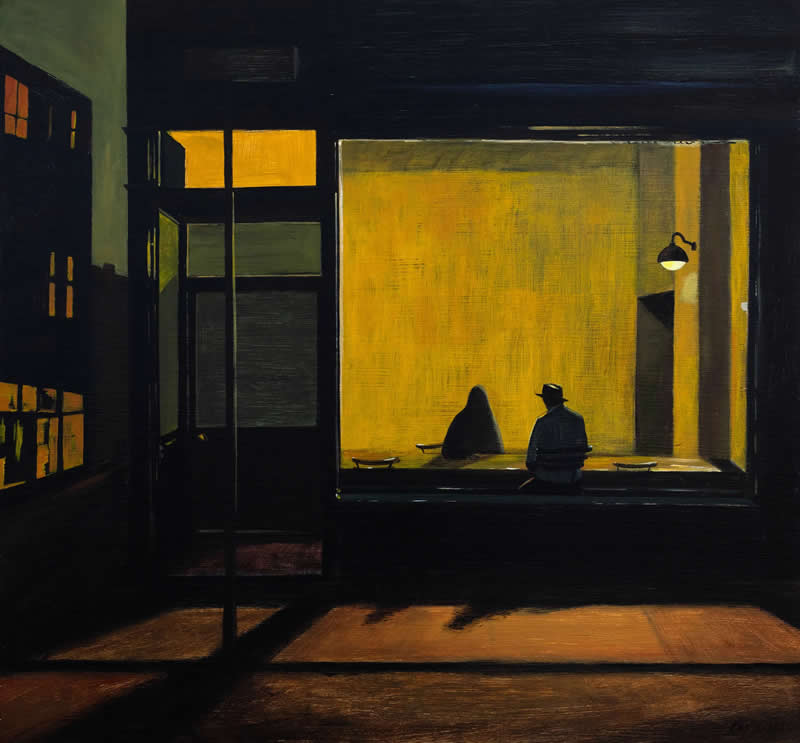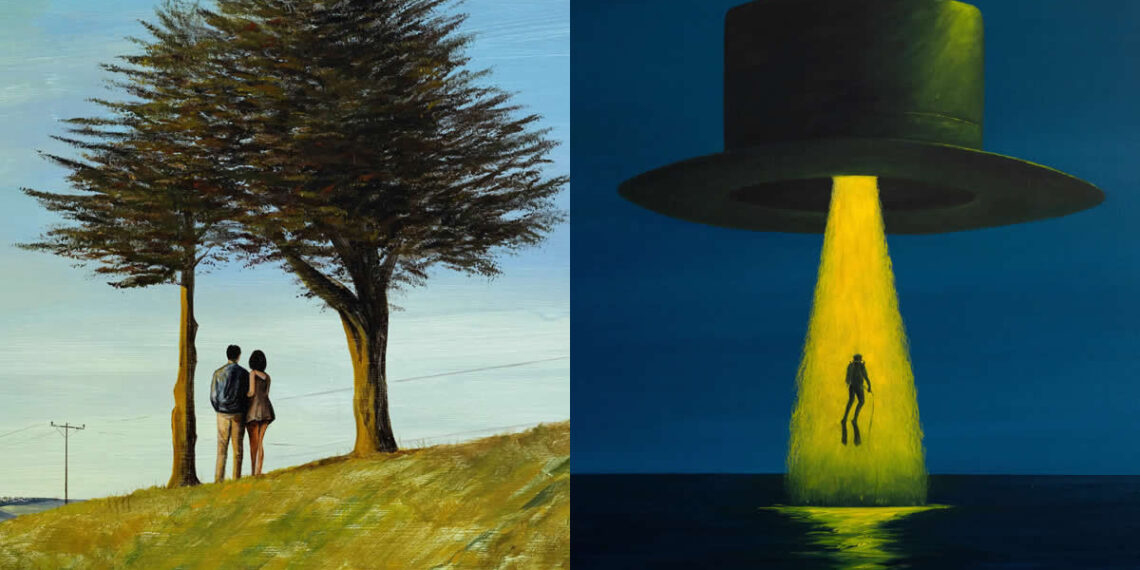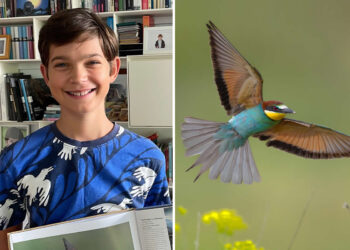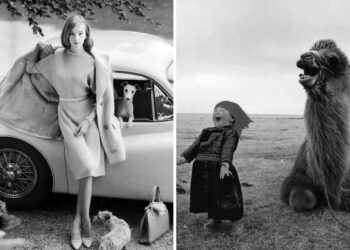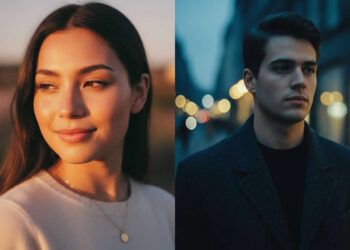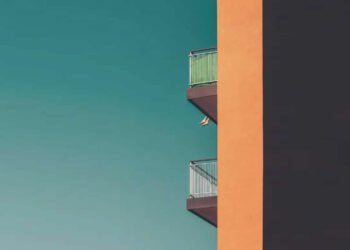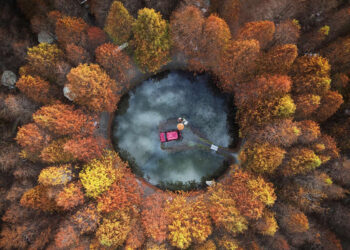In a world that rushes toward noise and neon, ZhiYong Jing paints silence. This Beijing-based artist doesn’t just paint what he sees—he paints what he feels between two worlds: the real and the imagined. A graduate of the Tianjin Academy of Fine Arts, Jing has mastered the rare craft of turning emotion into atmosphere. His canvases shimmer like half-remembered dreams—soft, strange, and heartbreakingly human.
Each brushstroke carries a whisper of longing. Figures fade into mist, faces dissolve into light, and reflections seem to ripple between consciousness and memory. Jing’s paintings feel like that moment just before you wake—when everything makes sense, yet nothing quite does. He blends the absurd with the poetic, turning surrealism into something deeply personal and universally relatable.
Through muted colors and ghostly characters, he explores hope, isolation, and the absurd beauty of being alive. It’s not fantasy—it’s emotional truth wrapped in dream logic. His art lives in that liminal space where beauty collides with melancholy, where imagination feels more honest than reality itself.
So here are 25 dreamlike paintings that showcase ZhiYong Jing’s ethereal world—a place where time slows, light breathes, and emotions echo like forgotten songs.
You can find ZhiYong Jing on the Web:
#1. Hear the Wind Speak

#2. A Humid Night
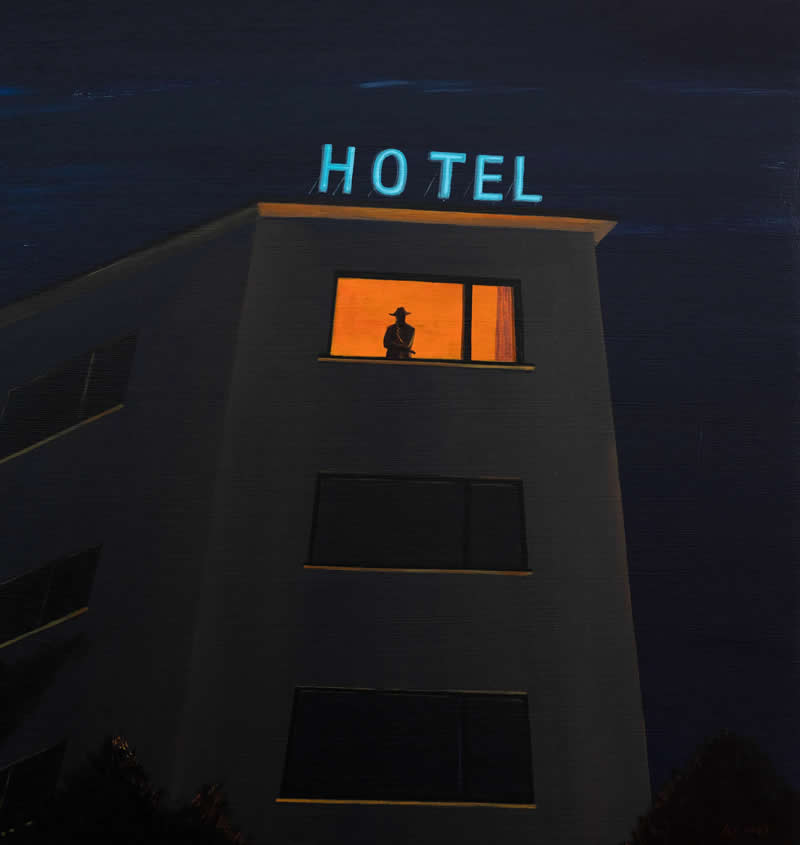
#3. Shade for Sale

#4. Scorch

#5. Northward from here
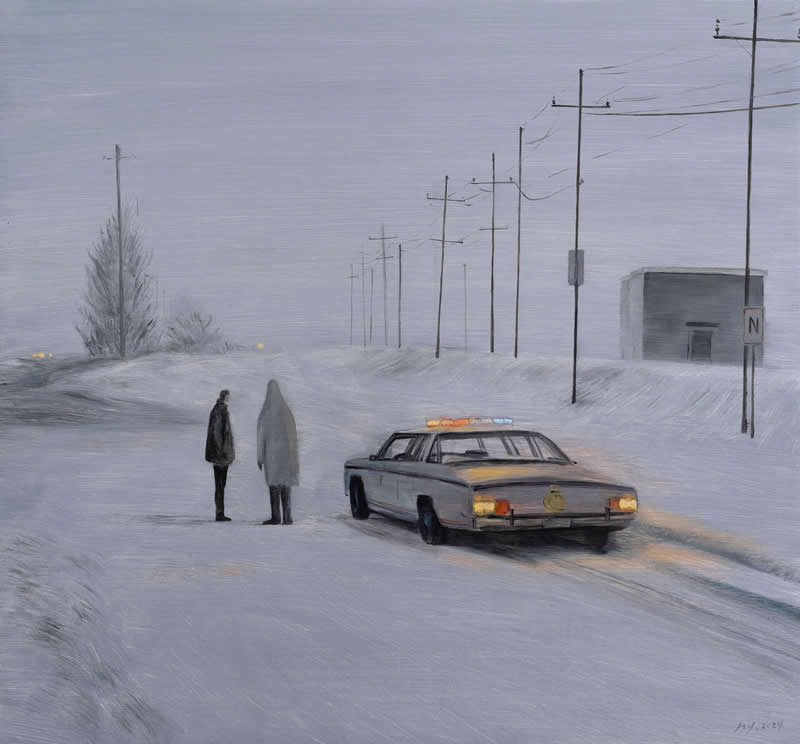
The Poetry of Dreams
Jing paints like a poet writing with light. His dreamlike figures drift across hazy backgrounds, symbolizing memories that refuse to fade. Every scene feels suspended in time, quietly haunted yet full of heart. There’s a rhythm to his compositions—a pulse between clarity and blur—that mimics how dreams move through the mind.
The artist’s restraint in color makes each tone matter more, and his use of texture feels almost cinematic. His work isn’t about escape—it’s about introspection. You’re not just looking at his dreams; you’re remembering your own.
#6. Nearness to You

#7. Tranquil Blue

#8. Latent

#9. A Fever for you

#10. A letter from Mr. K
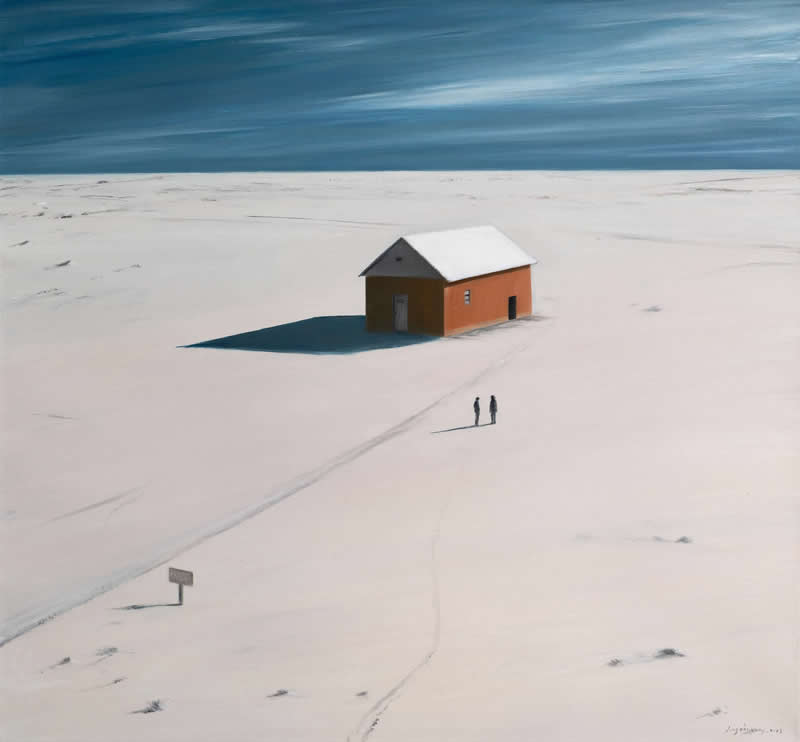
Between Hope and Absurdity
Life, as Jing paints it, isn’t black and white—it’s a surreal dance between chaos and calm. His absurd, dream-soaked worlds echo the contradictions of modern existence: beauty beside confusion, peace beside panic. Yet, instead of mocking reality, Jing elevates it.
He paints hope inside disorder—small gestures of tenderness hidden in the fog. His characters seem aware of their strangeness, but they move through it gracefully. Jing reminds us that even in absurdity, there’s meaning. Even in the weird, there’s wonder.
#11. Psychology Class
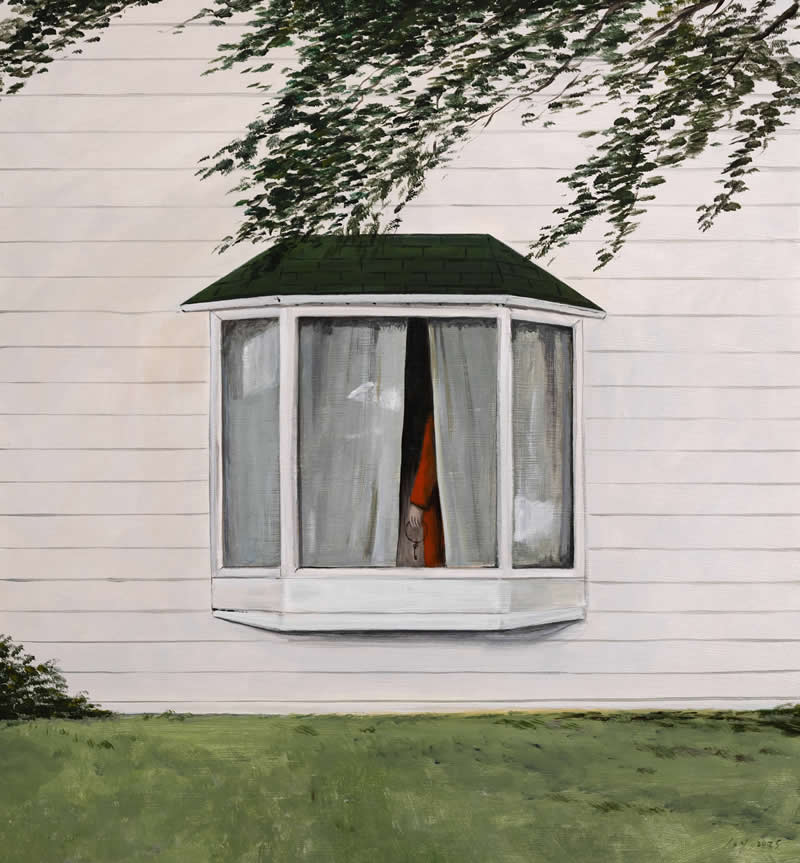
#12. Follow me

#13. Depths of Winter
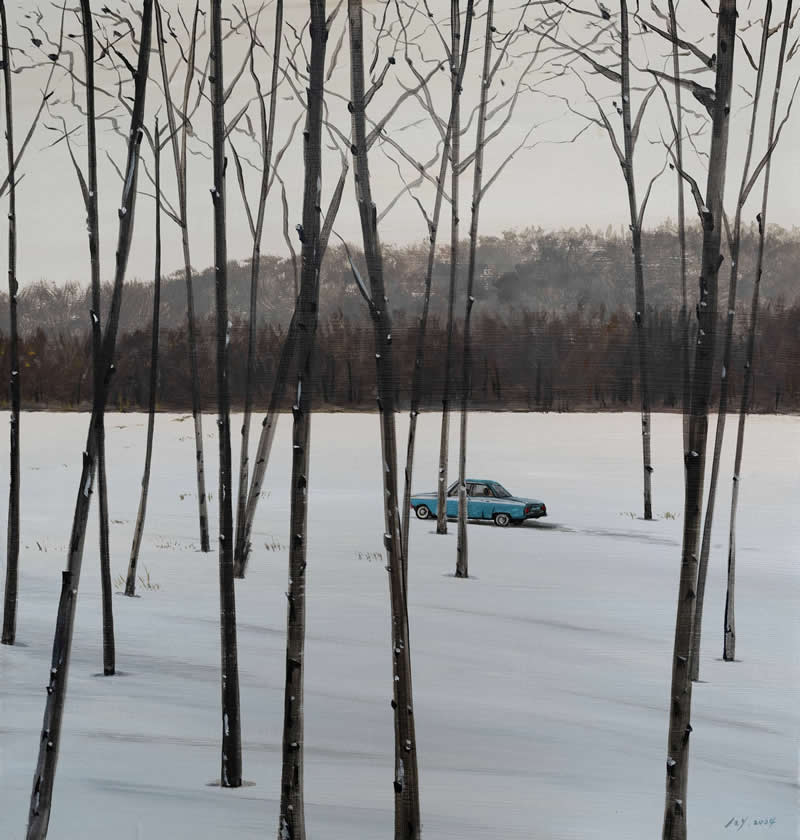
#14. Do you need company

#15. Warm
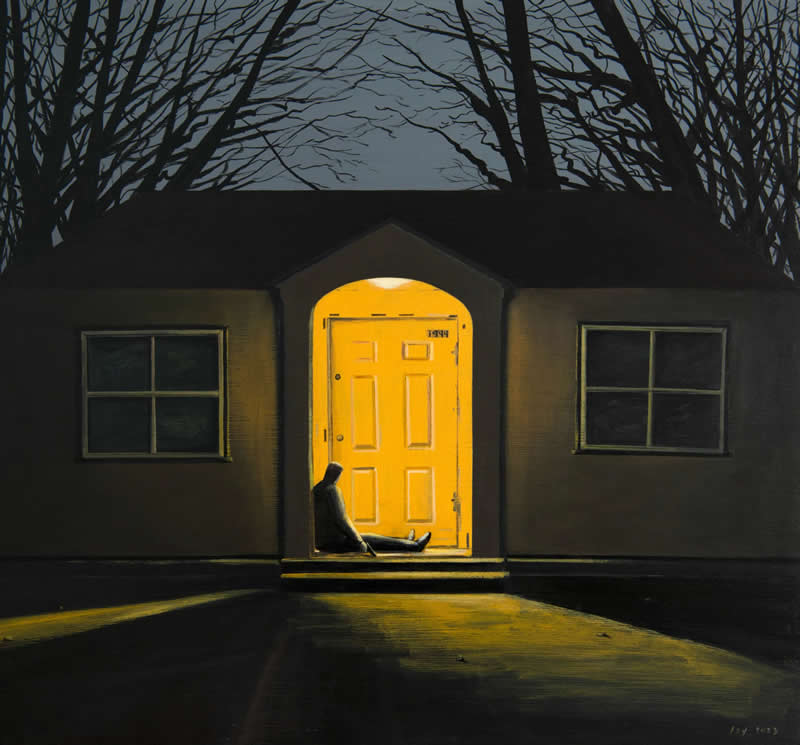
The Emotional Landscape
Jing’s art isn’t loud—it hums with emotion. His palette, soft yet deliberate, evokes the quiet ache of reflection. Faces blur, gestures linger, and shadows breathe like living memories. Each piece reveals fragments of longing, isolation, or love without needing to explain them.
It’s what makes his work so hauntingly relatable. His paintings aren’t about people—they’re about what people feel when words run out. This emotional honesty gives his surrealism its gravity. You don’t just view his art—you feel it settle inside you.
#16. Hug me
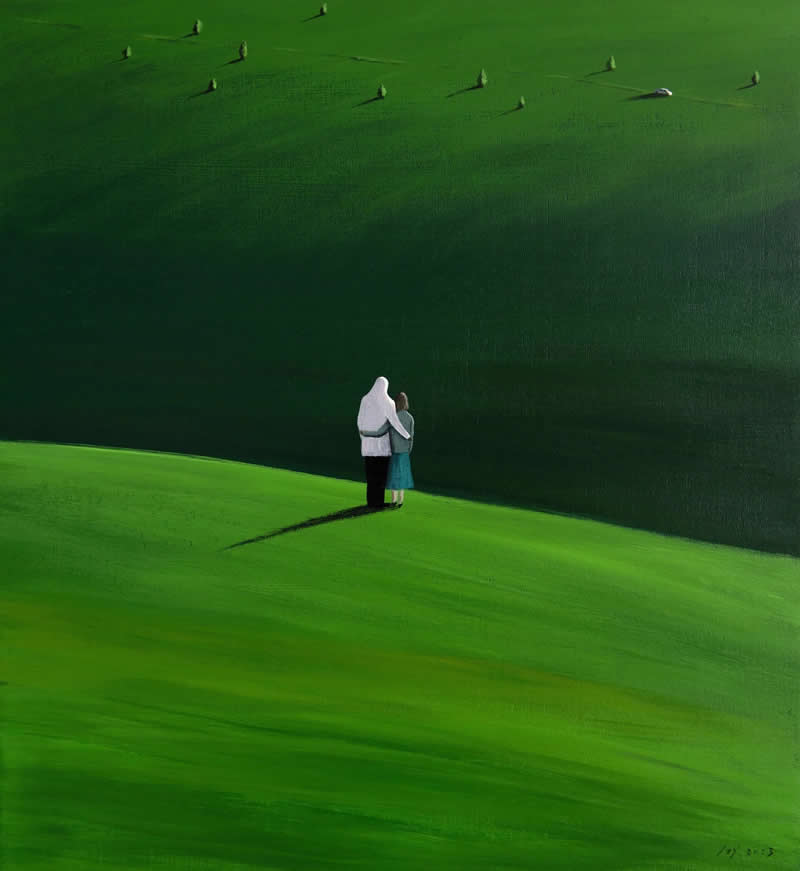
#17. The Drifter
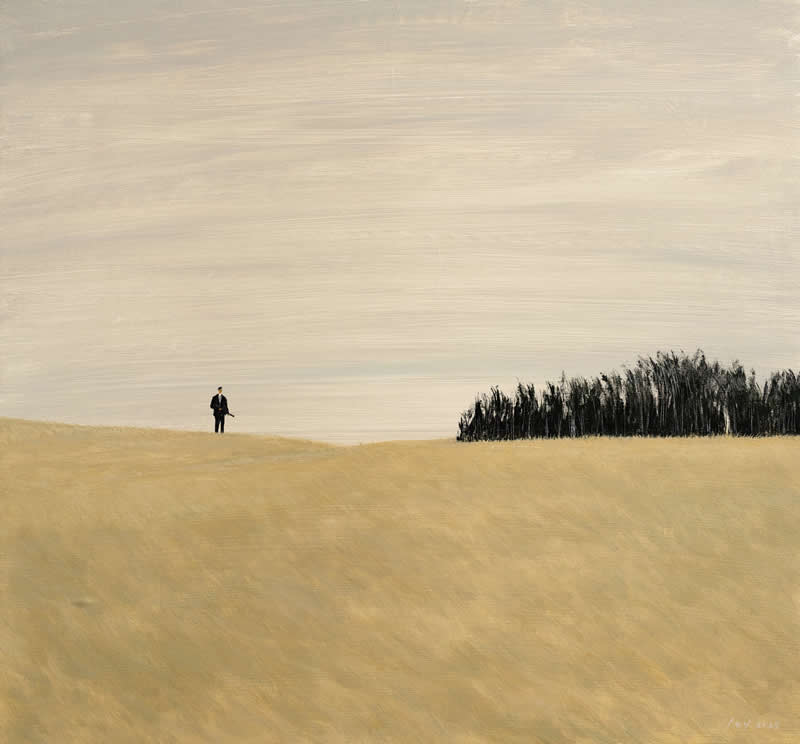
#18. Goodbye
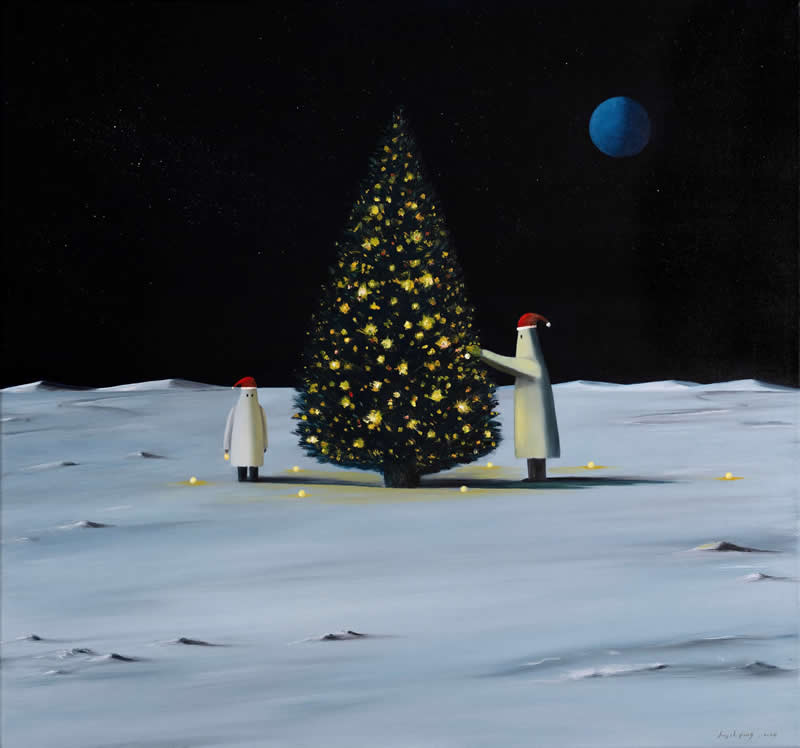
#19. Snowbound Haven
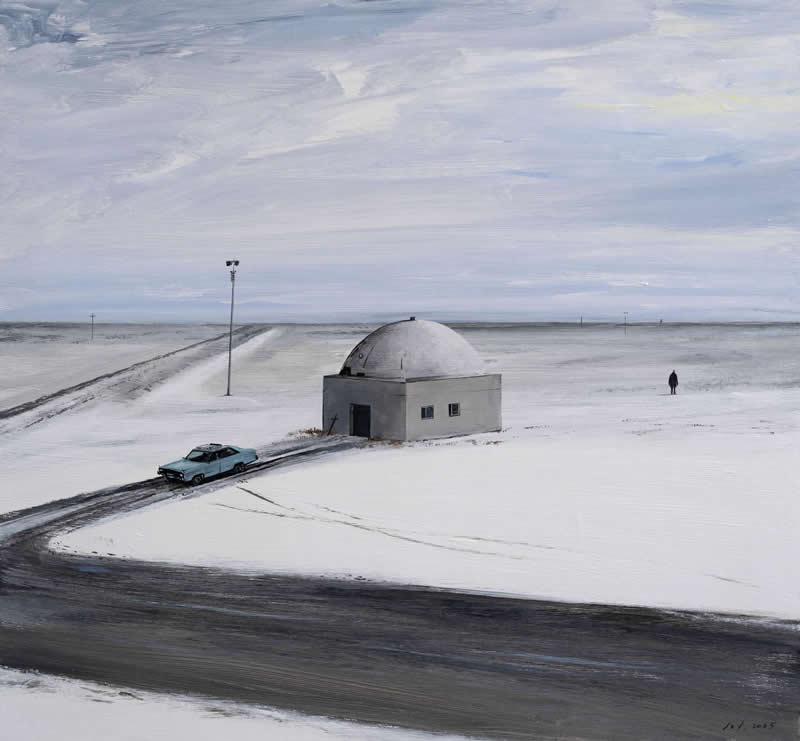
#20. Glory
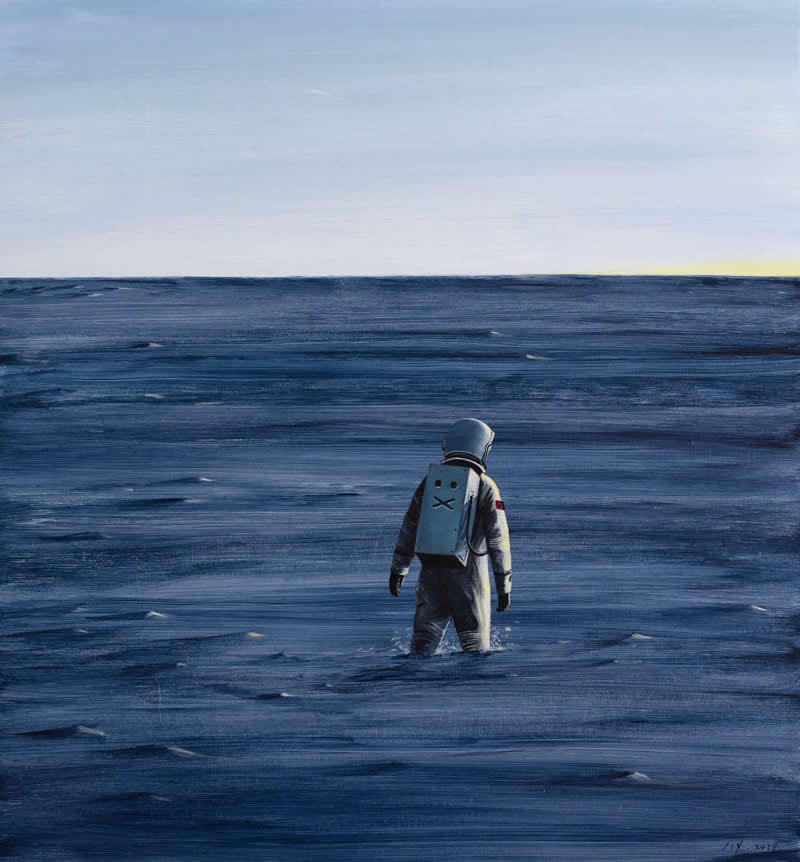
Where Reality and Imagination Collide
In Jing’s universe, there’s no hard line between the real and unreal—they coexist like dawn and dusk. Buildings bend, skies melt, and human figures dissolve into dream matter. It’s not illusion—it’s perception. By blending real-world detail with surreal distortion, Jing captures the fragile way we interpret life itself.
His paintings ask: what if imagination isn’t escape, but truth? What if the world only makes sense when we allow it to feel like a dream? In that question lies his magic—and his message.
#21. Sandstorm
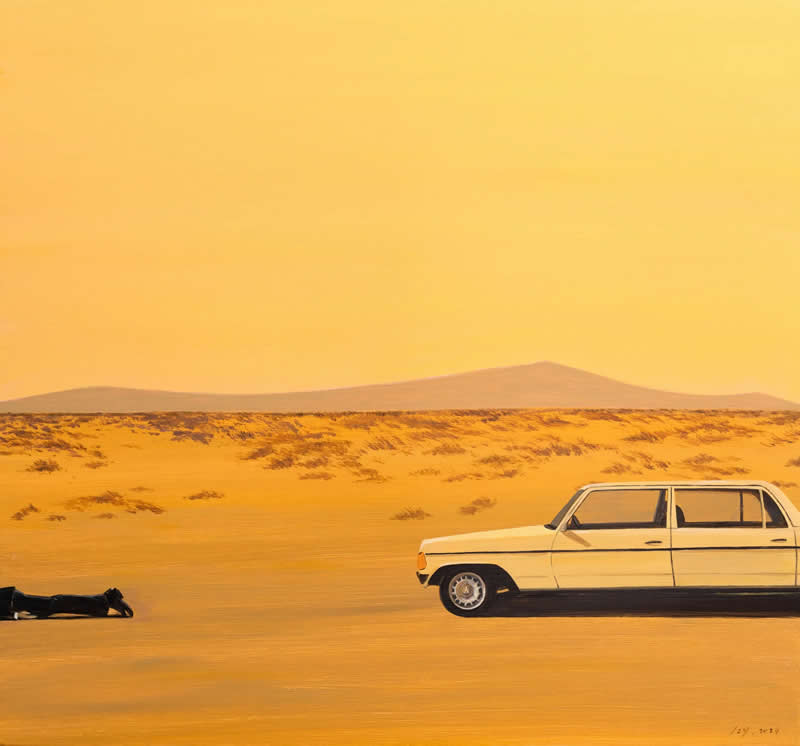
#22. Whispered Rendezvous
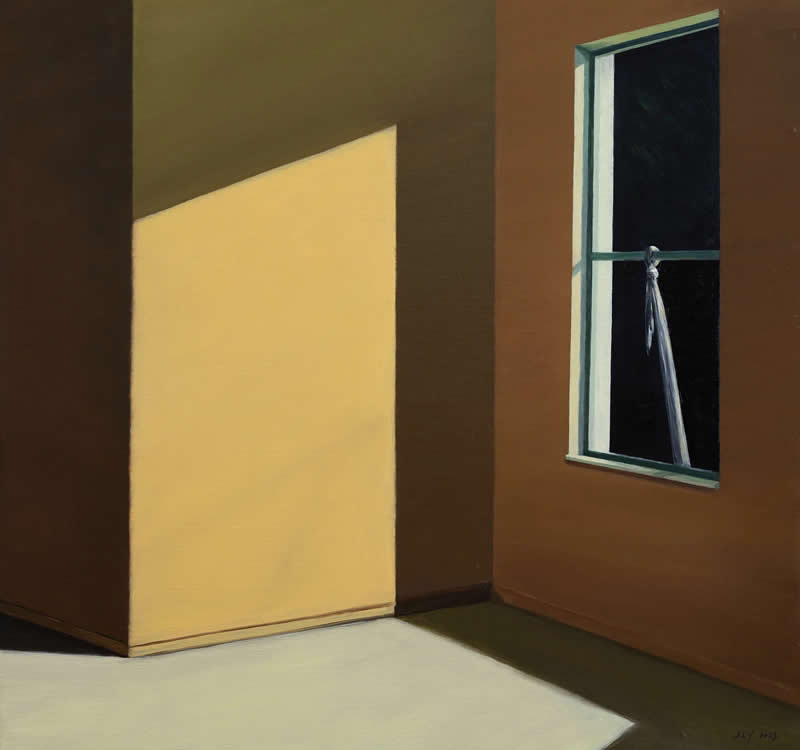
#23. Answer to a riddle
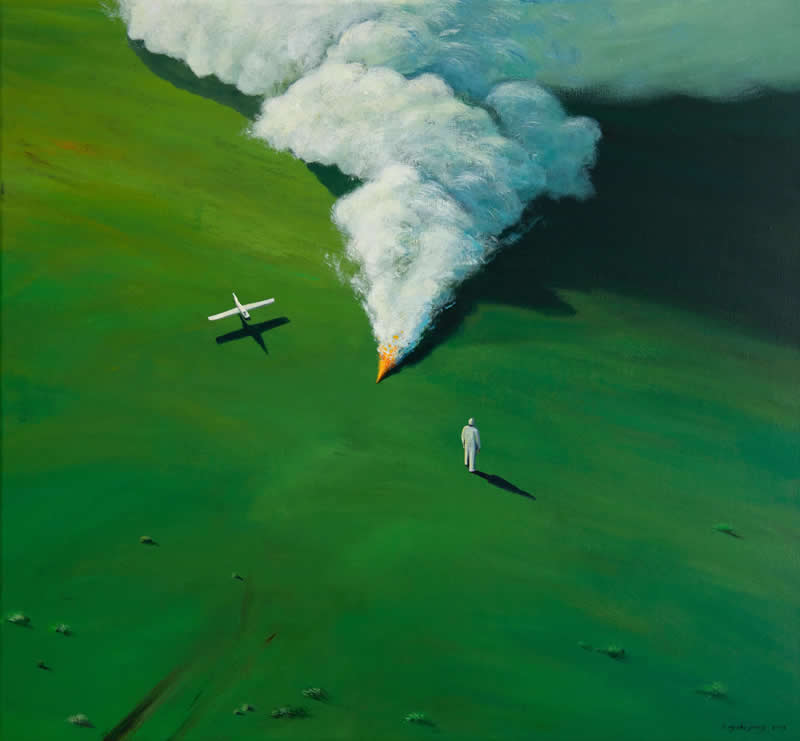
#24. Conversation
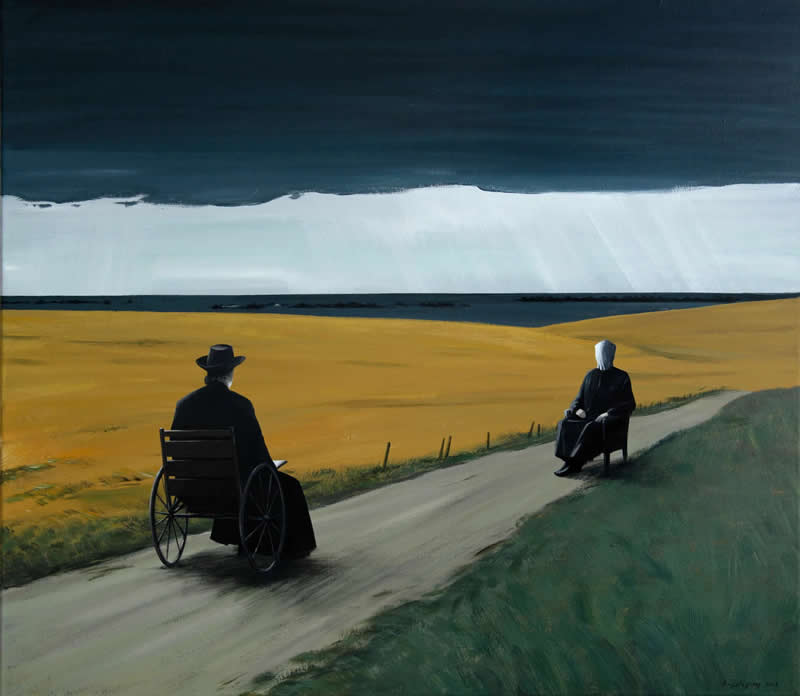
#25. Bygone Days
